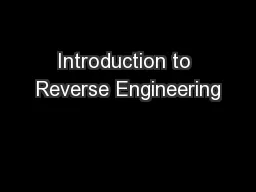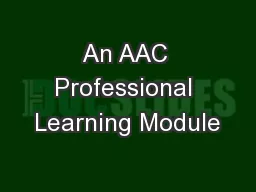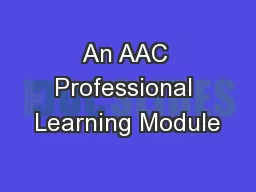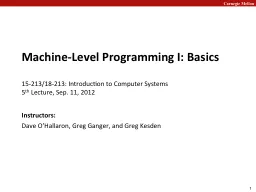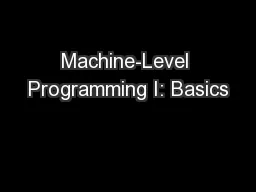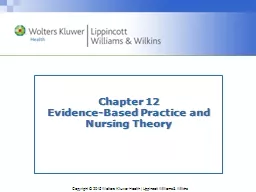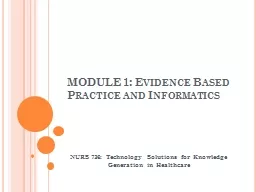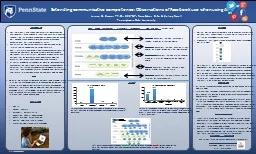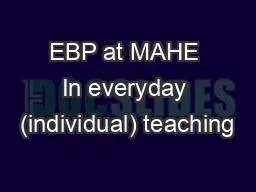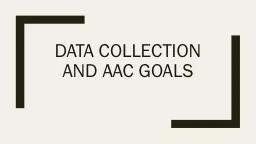PPT-AAC EBP Group The many environments of AAC - Which are most effective?
Author : lois-ondreau | Published Date : 2018-10-27
Presented by Trisha Khatri ADHC Hurstville Clare Thomson ADHC Parramatta How we decided what to CAT 2013 Investigated the barriers and facilitators to AAC use but
Presentation Embed Code
Download Presentation
Download Presentation The PPT/PDF document "AAC EBP Group The many environments of A..." is the property of its rightful owner. Permission is granted to download and print the materials on this website for personal, non-commercial use only, and to display it on your personal computer provided you do not modify the materials and that you retain all copyright notices contained in the materials. By downloading content from our website, you accept the terms of this agreement.
AAC EBP Group The many environments of AAC - Which are most effective?: Transcript
Download Rules Of Document
"AAC EBP Group The many environments of AAC - Which are most effective?"The content belongs to its owner. You may download and print it for personal use, without modification, and keep all copyright notices. By downloading, you agree to these terms.
Related Documents





